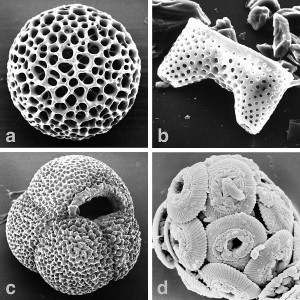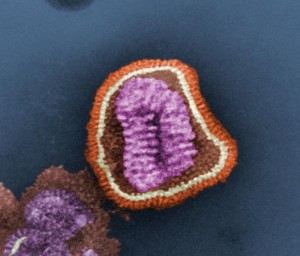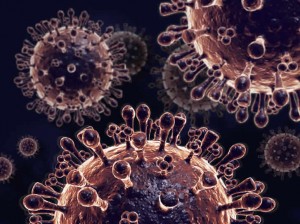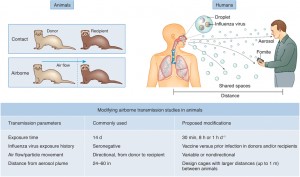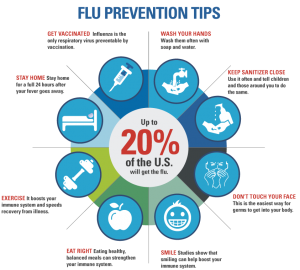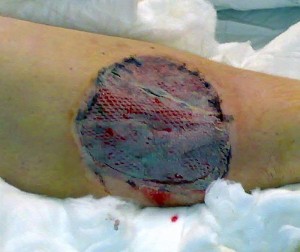
Plasma inside of a Plasma Lamp, from Wikimedia Commons
Particle accelerators like the Large Hadron Collider (LHC) or the TRIUMF facility here at UBC are massive projects. The LHC cost roughly 7.5 Billion Euros to build, and has a circumference of 27 kilometers. These facilities allow scientists to perform all kinds of experiments about fundamental physics, but they take years and incredible amounts of money to construct. Ars Technica reported on an experiment at SLAC National Accellerator Laboratory at Stanford that could help reduce the cost of these projects by helping to accelerate particles faster in a shorter distance. All current particle accelerators work by using electromagnets to give energy to a stream of particles. Different designs arrange them in different ways, but the basic design involves a electromagnets arranged around a cavity which the particles pass through. Because the various particles that are accelerated are charged, they can be manipulated by electromagnets. Speeding them up is really not all that different from spinning up an electric motor or any other electromechanical device. The most powerful particle accelerators are large circular tunnels which pass the beam through the same cavities multiple times. The bigger the tunnels can be, the more speed can be added to the particles, which is a big part of why they’re so expensive. Building a 27 kilometer tunnel is expensive in and of itself, and the cost only grows when that tunnel needs to be built with incredibly precise dimensions. With science funding flagging in most developed countries, these costs might make it difficult for researchers to get the kind of investment they need to keep making progress on fundamental physics research using particle accelarators. What the SLAC group proposes is instead to use a field of plasma to transfer energy to particles. A state of plasma occurs when atoms are stripped of their electrons, leaving electrons and positively charged atoms floating freely around each other. The SLAC group found that when a group of electrons was passed through plasma, a “wake” (not unlike the wake of a ship on the ocean) followed them, pulling more electrons with them. These wake electrons were accelerated to nearly the speed of light, drawing energy from the surrounding plasma. This technique is far less straightforward than accelerating particles with electromagnets, but it is also far more efficient, so it could allow us to build more powerful particle accelerators without requiring as much space or money. There is still a great deal of research to be done on the dynamics of plasma, but this is a promising discovery.





